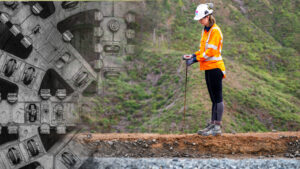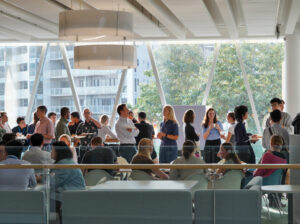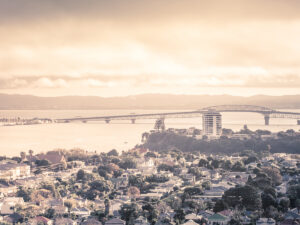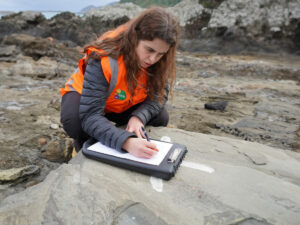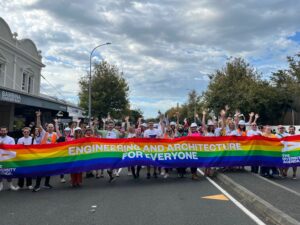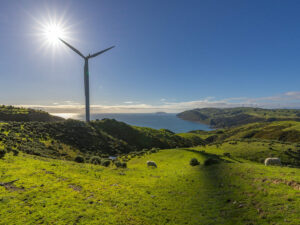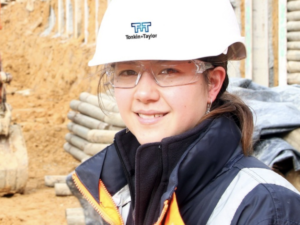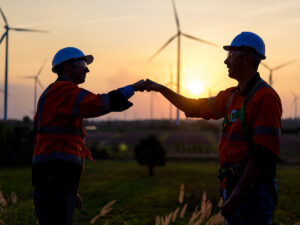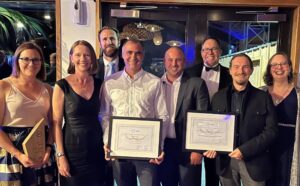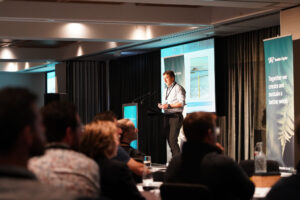One of the COP26 goals is to work together to implement the ‘Paris Rulebook’. This will require creating a robust system of carbon credits that supports the move to net zero and resolving transparency issues by putting in place a universal system. This will encourage all countries to keep to their commitments and broker an agreement that drives Government ambitions to keep 1.5 degrees alive, however, we need to look deeper and smarter in how we achieve these goals.
Indigenous peoples provide us with knowledge and histories to help foster a liveable, resilient and sustainable future that embraces these commitments. Te Ao Māori provides us with an integrated way to take into account our past, present and future. Most importantly, it shows us that a sustainable society is one that is founded in the principle that all living and non-living things are interconnected and interrelated (whakapapa). It also acknowledges the importance of the collective – individual/au, family/whanau, iwi/hapu – in co-creating workable outcomes. Thus, engagement is critical for any success to community resilience.
Connection with partners, stakeholders, and communities is a two-way network, receiving information as well as informing decision-makers of constraints and opportunities through feedback systems. Climate Risk Management (CRM) has consistently been a top-down approach, placing the community (and sometimes partners and stakeholders) at the end of the process. This is the predominant reason why our climate risk actions consistently fail. Public response and connection are improved when strategy, policy and actions are aligned to the individual and collective needs of communities.
Success lies in developing CRM in close collaboration and partnership with communities to ensure their needs are met – in short, a values-based approach, rather than a political or scientific top-down approach. Risk assessments should be built on local knowledge, with response actions developed by the community with support from decision-makers and climate service information providers. Typically, ‘people centred’ climate information has yet to be included within institutional changes and by service providers (such as our national meteorological service, (MetService) and hydrological service (NIWA), regional councils, etc.).
In the face of climate change, working to improve levels of poverty, inequality and environmental degradation, while also understanding the connections between climate change and actionable policy and development, is a matter of urgency. It requires a process to engage our most vulnerable people – those people who are already facing climate change impacts that pose severe threats to their lives and livelihoods.
For CRM, a people-centred co-production and co-creation framework is essential in developing appropriate adaptation and mitigation strategies and plans. The entire process of CRM and determination of adaptation targets needs to engage all stakeholders at a national and local level, including both public and private actors, and particularly communities that are expected to suffer from stresses brought about by climate change hazards. Only meaningful dialogue will ensure that the institutional system meets its targets set out in the Paris Rulebook.



Urgency
As climate change increasingly poses threats to sustainable development goals, collaborative co-design and co-production is vital to address the climate change hazard threat to communities and enhance resilience. Policymakers in both developing and developed countries need a compelling evidence base that to will support the appropriate allocation of scarce resources from priority sectors to adapt to climate change.
To be compelling, the framework for adaptation planning has to be dynamic, with partnerships and collaboration based on the anticipation of critical biophysical and socio-economic thresholds. Recent extreme weather events already crossed critical climate risk thresholds in most tropical countries (e.g., Tuvalu, Maldives, etc.). Adaptation could be progressed now, in a gradual manner, via addressing current and near-future risks from climate variability. Even small changes in mean climate due to natural variability, human-induced climate change, or both, could aggravate climate risk patterns and create havoc losses in our communities. It is now up to us to embark on a visionary re-think and re-design of our future by engaging our communities. We have a once-in-a-lifetime opportunity to re-imagine and build a climate-ready and resilient world. Squandering this may have unthinkable consequences.



